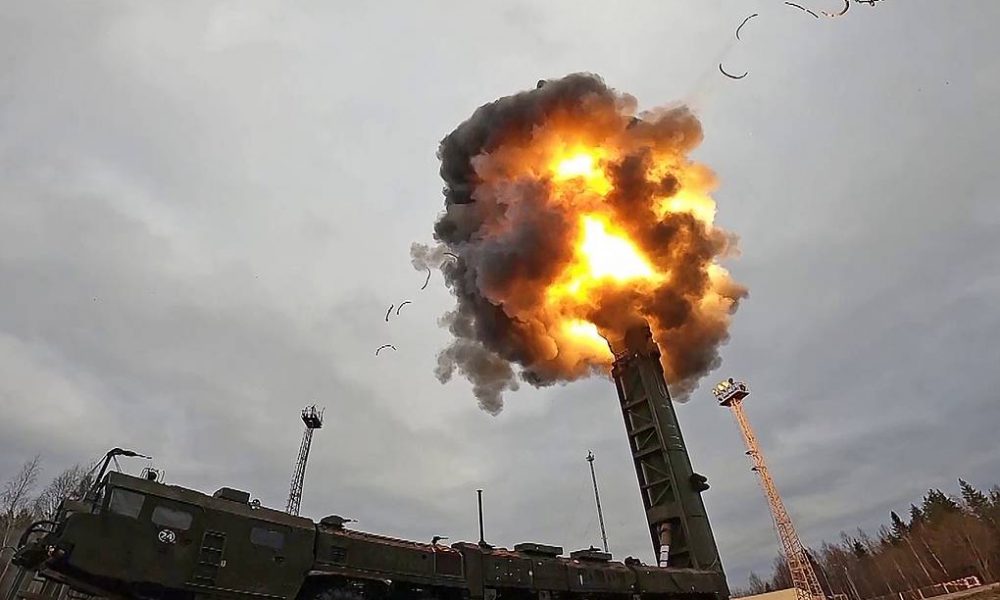Russia
What does Russia’s update of its nuclear doctrine mean?

Russia has updated its nuclear deterrence policy, defining threats to the security of Belarus as a potential justification for the use of nuclear weapons. While experts argue that these changes are largely declaratory, they also suggest that the timing of this update may be linked to U.S. missile support for Ukraine.
Russian President Vladimir Putin approved the amendments to the doctrinal document entitled Fundamentals of the State Policy of the Russian Federation in the Field of Nuclear Deterrence. The announcement was made during a meeting on 25 September 2024, where Putin revealed the changes to Russia’s nuclear doctrine.
In June 2024, Deputy Foreign Minister Sergei Ryabkov hinted at the need for an update, citing lessons learned from military operations. The new text, in line with Putin’s directives, introduces significant changes to the conditions under which nuclear weapons can be used:
Nuclear retaliation is now justified in cases where critical threats arise to the security of not only Russia but also Belarus.
The updated doctrine expands the scope of threats to include cruise missiles, unmanned aerial vehicles (UAVs), hypersonic weapons, and other aerospace attack systems. Previously, the scope was limited to ballistic missile attacks.
The doctrine highlights the importance of continuous updates to adapt to evolving security conditions.
When asked whether the publication of this doctrine was connected to the U.S. decision to send ATACMS missiles to Ukraine, Kremlin spokesperson Dmitry Peskov dismissed the idea of coincidence, stating that the document was published “on time.”
Peskov emphasized a critical new provision: If a non-nuclear state attacks Russia with the backing of a nuclear-armed state, it will be treated as a joint nuclear attack. This underscores Russia’s heightened sensitivity to Western support for Ukraine, especially in light of escalating tensions with NATO.
Several experts have weighed in on the implications of the updated nuclear doctrine:
Alexander Yermakov, a specialist at the Russian International Affairs Council (RIAC), noted that the changes largely clarify existing provisions. For instance, the scope of retaliation has expanded to include drones and cruise missiles, whereas previous documents only referred to ballistic missile attacks.
According to Yermakov, the timing of the doctrine could be a strategic response to recent U.S. military aid to Ukraine: “These changes were announced earlier. However, in light of recent developments, they were published to remind of the risks of possible escalation.”
Dmitry Stefanovic, an expert from the Centre for International Security at the Institute of World Economy and International Relations, highlighted that the new doctrine reflects global nuclear trends.
Stefanovic noted that some countries have increased their arsenals, new nuclear-weapon states have emerged, and the importance of the nuclear factor has increased in recent years.
The expert added that the doctrine contains elements that strengthen nuclear cooperation with Belarus.
“The updated document further clarifies the issue of the ‘nuclear threshold’ – the necessary conditions for the use of nuclear weapons. This is no cause for relief, either for Russia or its rivals. If the risk of direct confrontation with the US and NATO remains, a scenario of rapid nuclear escalation is always possible,” Stefanovic said.